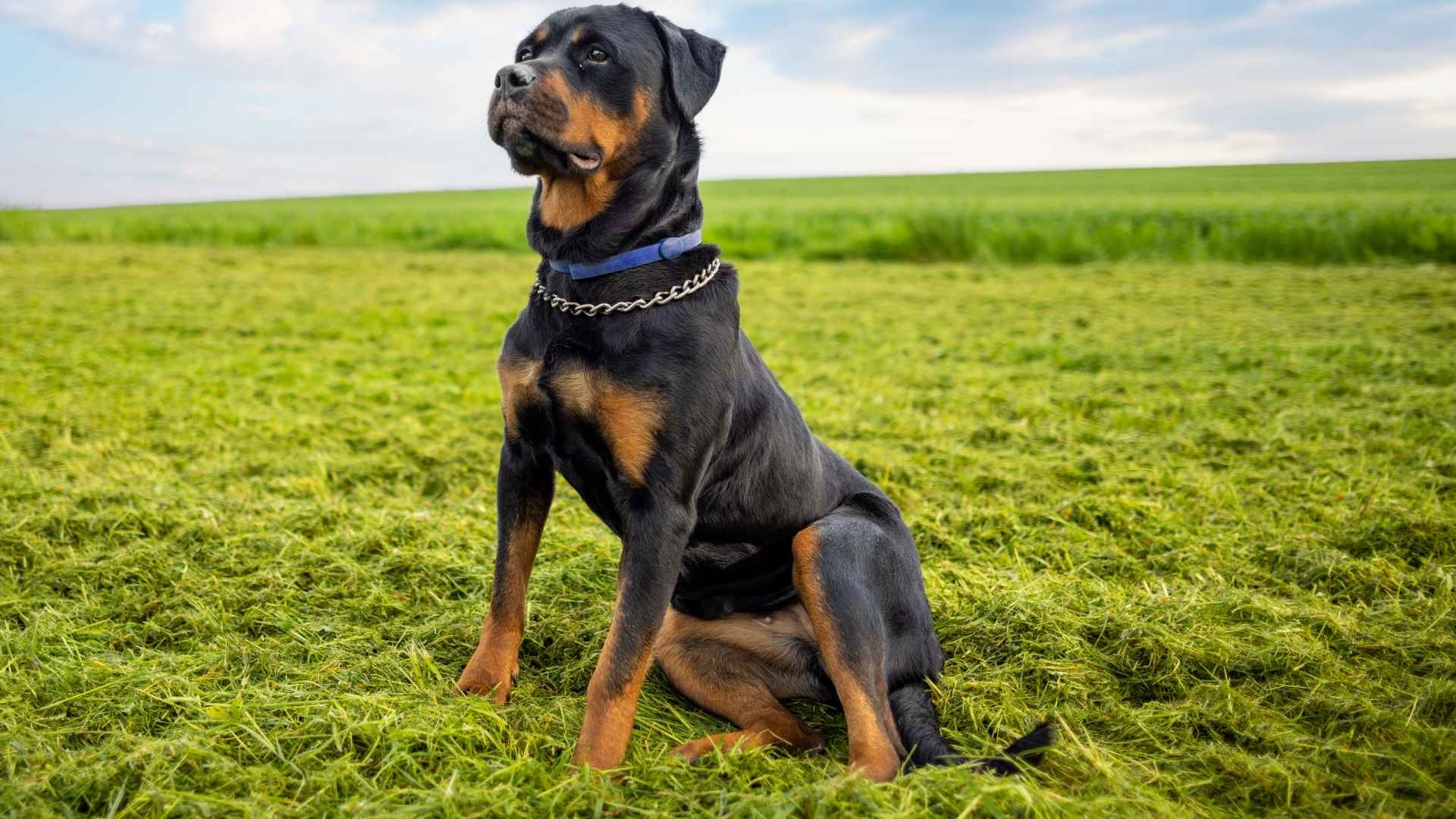When it comes to choosing a dog, not all breeds are created equal—some require more than just the basics of food and shelter. Labor-intensive dogs demand a higher level of commitment, time, and energy from their owners.
These dogs are often active, highly intelligent, and thrive on tasks, making them ideal for people who enjoy staying busy and love providing a structured environment. While they can offer immense rewards in companionship, the responsibility of keeping up with their physical and mental needs can be challenging.
Whether it’s daily exercise, mental stimulation, or consistent grooming, these dogs aren’t for the faint of heart. But for the right owner, the bond formed with a labor-intensive breed can be deeply fulfilling. If you’re up for the challenge, this blog will guide you through everything you need to know about caring for these high-energy, hardworking dogs.
Labor Intensive Dog Breeds
1. Australian Shepherd
The Australian Shepherd, despite its name, was developed in the United States by Basque shepherds in the 19th century. Initially bred for herding livestock in difficult terrains, this breed quickly became known for its intelligence, agility, and relentless work ethic.
These key traits made it an indispensable asset for farmers needing a reliable herding dog, and the breed’s history is deeply tied to labor-intensive tasks from the outset.
Australian Shepherd is renowned for its intelligence and herding instincts, making it one of the most capable working dogs. They excel in various labor-intensive roles, including herding livestock, agility competitions, and search and rescue missions. Their intelligence allows them to learn complex tasks quickly, and their drive to work makes them highly effective in jobs that demand precision and focus.
Originally designed for long hours of herding, they require constant exercise and mental stimulation to stay happy. Without these outlets, they can become frustrated, leading to undesirable behaviours such as excessive barking or chewing. Their need for activity is a key characteristic of their labor-intensive nature.
Australian Shepherds thrive in competitive dog sports like obedience, flyball, and disc dog events. Their ability to maintain focus and execute tasks with precision makes them ideal for roles that require consistent effort and mental acuity. Their versatility also allows them to excel in roles such as therapy and assistance dogs.
They are best suited for active individuals or families who can provide regular exercise and stimulation. Without sufficient engagement, they may develop behavioral issues. As a labor-intensive breed, they demand owners who can keep up with their active lifestyle and provide the structure and challenges they need.
2. Australian Cattle Dog
The Australian Cattle Dog, often referred to as the “Blue Heeler” or “Queensland Heeler,” was crafted for one purpose: to work. Born in the rugged landscapes of Australia, this breed was specifically designed to herd cattle across vast, unforgiving terrain.
Their tough, compact bodies and sharp minds are the result of years of selective breeding, combining the intelligence of the Dingo with the herding instincts of other working breeds. The Cattle Dog was never meant to be a companion pet—it was built to labor, and it has done so with remarkable efficiency for generations.
Britannica states these dogs were bred to endure long hours in the field, herding cattle over wide distances under harsh conditions. Their relentless energy and unwavering focus make them ideal for tasks that demand not only stamina but also quick decision-making and adaptability.
In today’s world, the Australian Cattle Dog continues to serve in roles that require high levels of intensity and precision. Their skills in herding are legendary, and farmers still use them to manage cattle, sheep, and even poultry.
Beyond traditional herding, these dogs are often found working in search and rescue, detection, and even police roles, where their intelligence and strong work ethic can be put to the test. They’re also known to excel in dog sports like agility, obedience, and flyball, proving their adaptability to different kinds of work.
But the Australian Cattle Dog isn’t for everyone. Their labour-intensive nature requires more than just physical exercise—it demands mental stimulation. They crave tasks that challenge their sharp minds, and a simple walk or play session won’t cut it. Without enough to do, they can become overly protective, territorial, or even destructive.
For those who can provide the structure and engagement this labor-intensive breed craves, the bond is strong, and the rewards are immense. But for those unprepared for their needs, the Cattle Dog can be a force of nature, difficult to contain and harder to satisfy.
3. Border Collie
The Border Collie is widely regarded as the epitome of a labor-intensive breed, thanks to its remarkable intelligence and strong herding instincts. Originally bred to manage sheep in the harsh landscapes of the UK, this working dog has earned its place in the working group.
Known for its relentless energy and drive, the Border Collie was created to work closely with its handler, demonstrating exceptional agility and focus. Their ability to think independently and quickly make decisions on the field is unmatched.
What sets the Border Collie apart from many other breeds is its insatiable need to work. Border Collies thrive on purpose. Their labor-intensive nature makes them ideal for herding livestock, a task they approach with both skill and intensity. This energetic breed excels in environments where they can engage in structured, physically demanding activities.
Border Collies excel in obedience and agility training. Their keen instincts and eagerness to please make them quick learners, which is essential when training for tasks like herding or search-and-rescue operations.
Positive reinforcement techniques work particularly well with this breed, as they respond enthusiastically to rewards and praise. Early training is crucial for developing their potential, ensuring that their natural instincts are properly directed.
Border Collies require owners who can provide consistent, structured training. They are best suited for active families or individuals who have the time and energy to meet their needs. These dogs are not content with idle time—they need to stay busy, whether it’s through herding, sports, or other mentally challenging activities.
In the right environment, the Border Collie is an excellent companion, loyal and dedicated to its family. Their work ethic and intelligence make them standout dogs, but they are best suited for owners who understand their labor-intensive traits.
4. Anatolian Shepherd
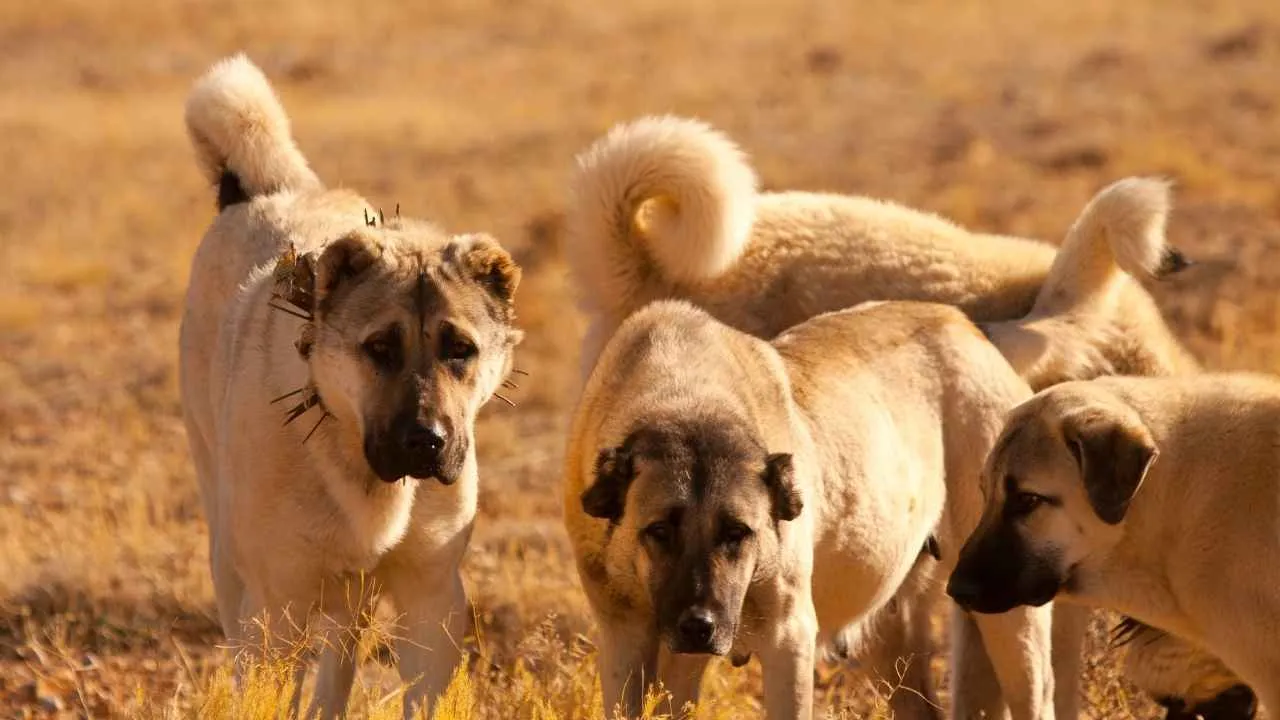
The Anatolian Shepherd is a powerful breed originally bred in Turkey to protect livestock. With their size and strong protective instincts, these dogs were designed to guard flocks from predators like wolves and bears. Their intelligence and work ethic make them ideal for roles requiring focus, endurance, and the ability to act independently.
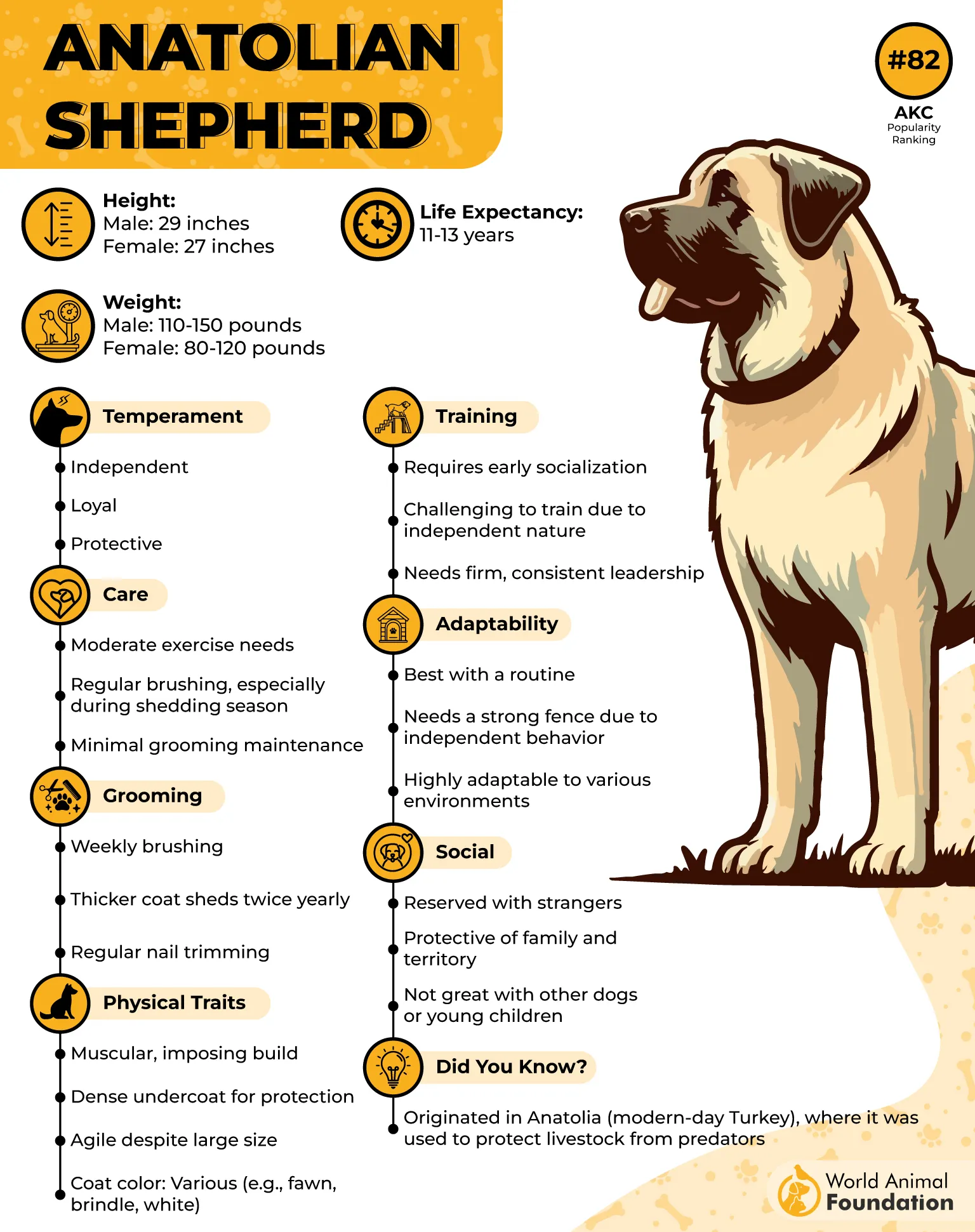
The Anatolian Shepherd thrives on purpose and constant vigilance. These dogs are accustomed to patrolling large areas, covering vast distances to ensure the safety of livestock. Their natural ability to work alone and make decisions without constant supervision is key to their labor-intensive nature.
With their strong territorial and protective instincts, Anatolian Shepherds excel as guard dogs. They are dedicated to protecting both property and family, making them reliable for roles requiring high levels of vigilance and responsibility. Though not herders, their intelligence allows them to handle threats efficiently.
This breed is highly trainable, but they require firm, consistent leadership. While smart, intelligent, and quick learners, Anatolian Shepherds need structured training to focus their instincts in a positive direction. Without proper guidance, they may exhibit undesirable territorial behavior.
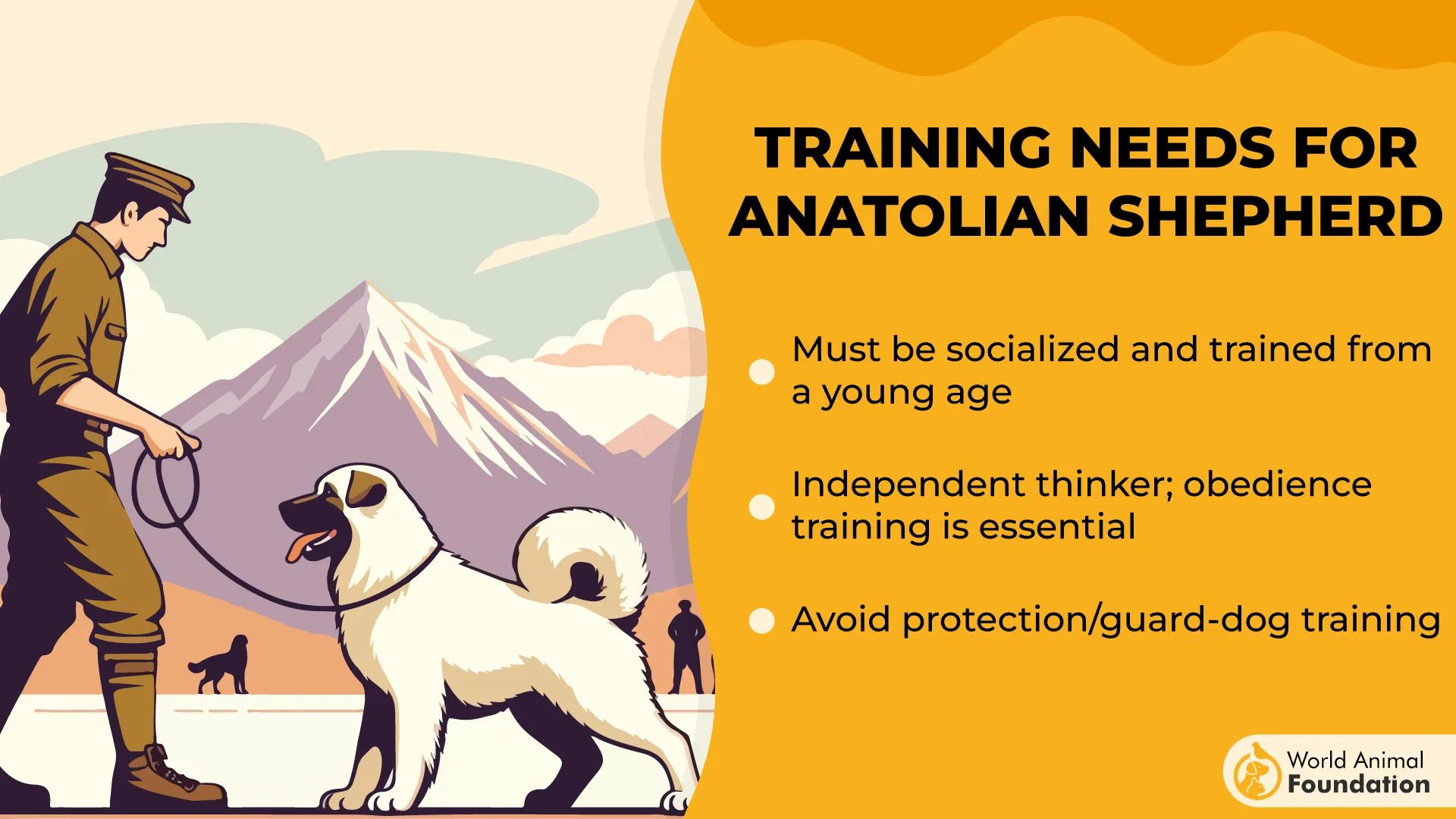
Loyal and hardworking, the Anatolian Shepherd is well-suited for owners who can provide the structure and tasks this breed needs. With the right training and engagement, they become an invaluable protector, excelling in guarding roles while maintaining a strong, independent nature.
5. Maremma Sheepdog
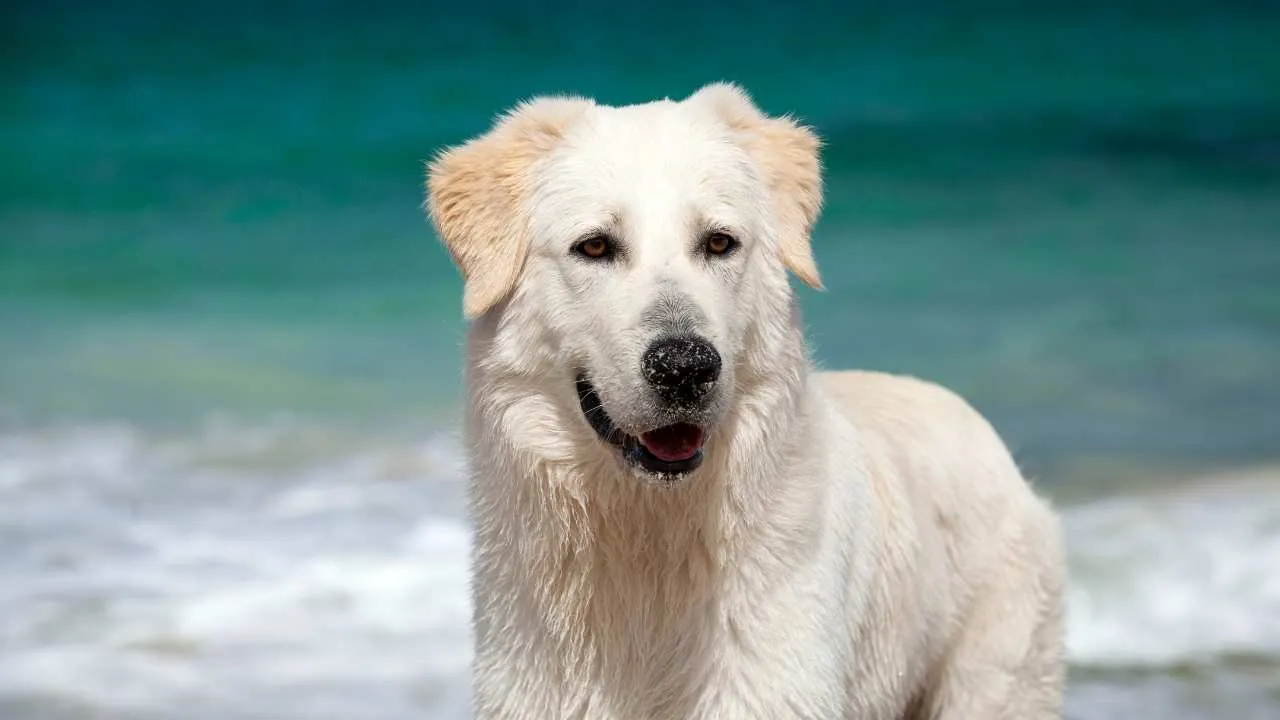
The Maremma Sheepdog, a breed native to Italy, was originally bred for one specific purpose: guarding livestock. This labor-intensive dog has a deep instinct for protection, often working tirelessly to defend sheep, goats, and other livestock from predators.
Maremmas excel in roles that require steadfast reliability. As guard dogs, they are incredibly effective, offering both protection and a calming presence in high-stress situations. Their labor-intensive tasks, like patrolling large properties or working with livestock, are well-suited to their calm yet alert disposition.
Maremmas are not idle dogs. Their labor-intensive nature is driven by their innate intelligence and guarding instincts. They require constant work to remain happy and engaged. Whether protecting livestock from predators or simply maintaining order in their environment, these dogs are always on the move, using their intelligence to assess and respond to threats.
Without consistent work or tasks to complete, they can become bored, which may lead to undesired behaviors. This breed thrives when allowed to perform meaningful tasks, so owners need to provide an environment that taps into the Maremma’s natural instincts.
It’s a breed that requires commitment and attention to its needs, but when engaged in work, it is highly dependable and steadfast. With proper training and enough tasks to focus on, the Maremma becomes an invaluable asset to any farm or home, offering both protection and a gentle, affectionate nature.
6. Doberman Pinscher
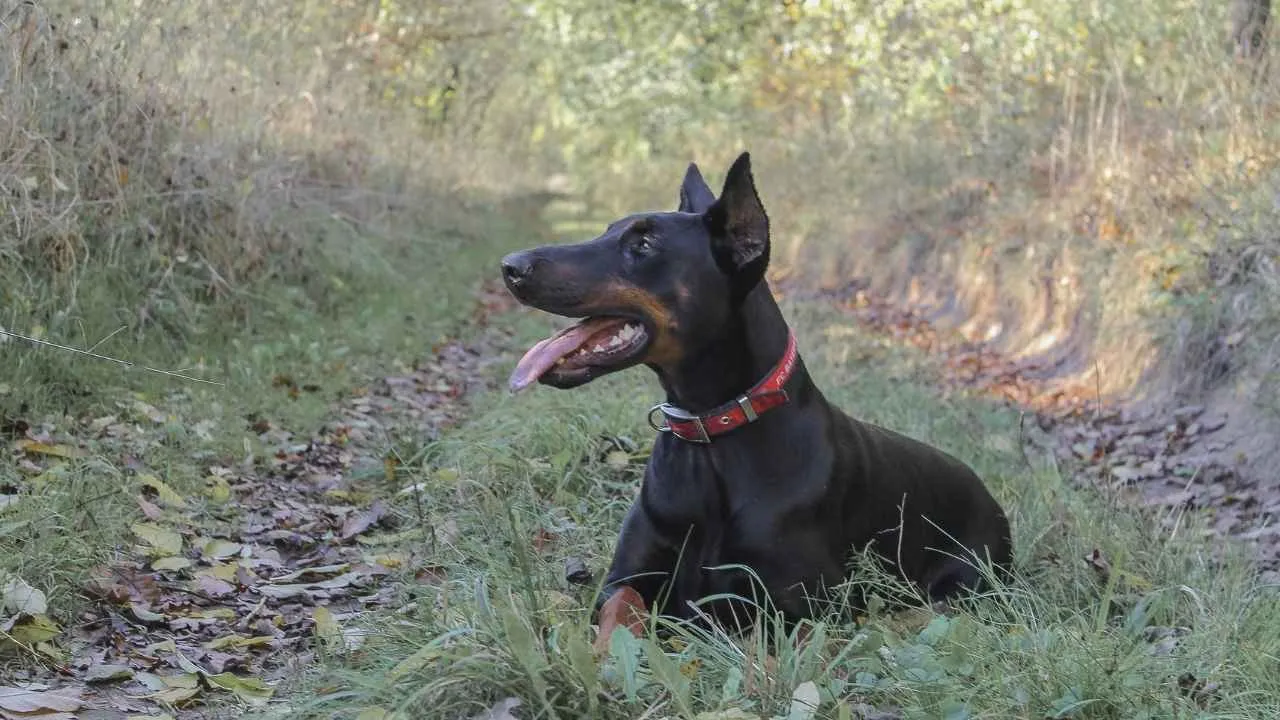
Originally bred in Germany by a tax collector, this Doberman Pinscher was designed to serve as a protector, capable of guarding property and assisting with various tasks. These traits are rooted in its need for both mental and physical engagement, excelling in roles that demand focus, agility, and alertness.
The Doberman Pinscher is a proud member of the Working Group in the American Kennel Club (AKC), known for its intelligence, strength, and versatility.
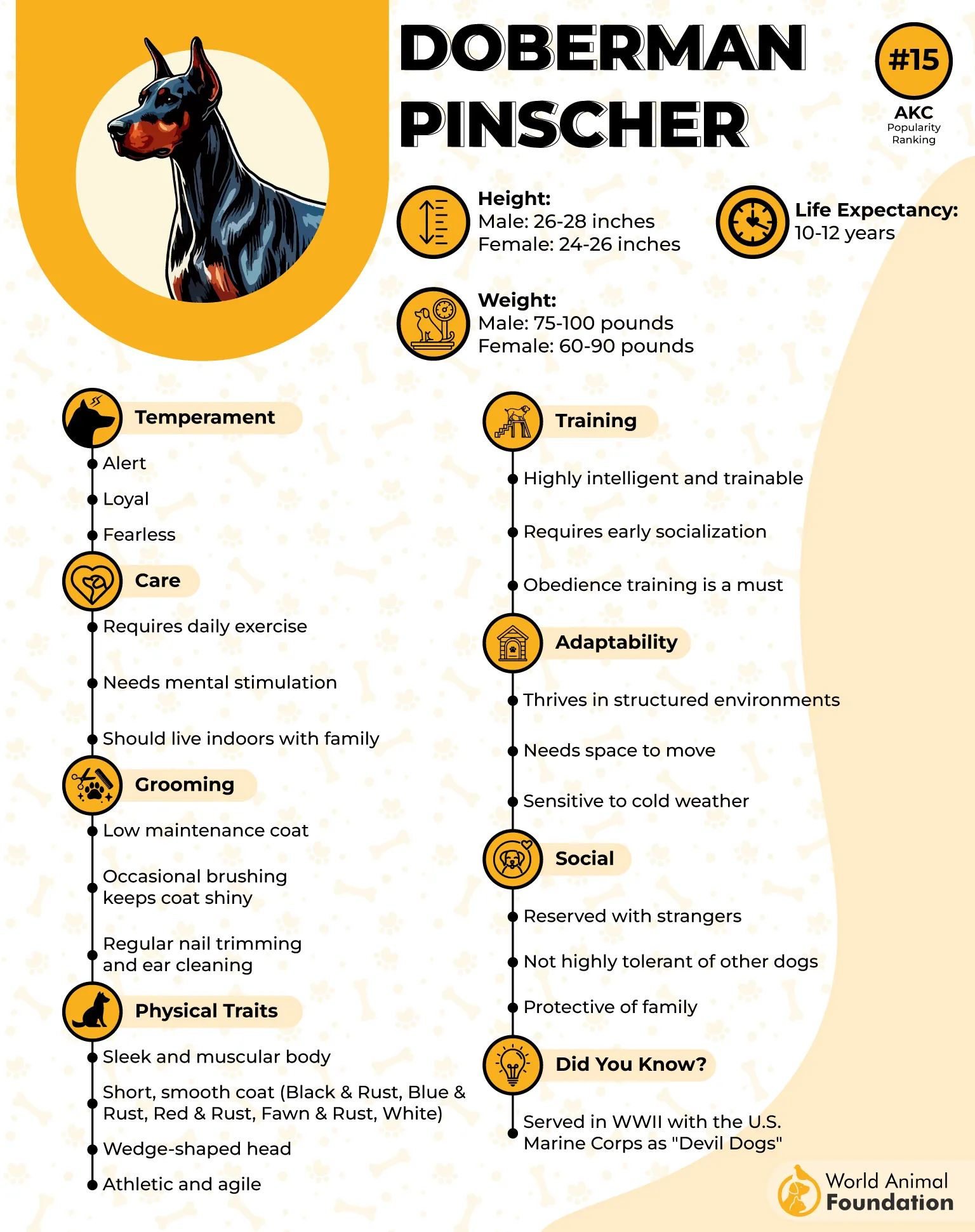
Dobermans are particularly suited for demanding labor-intensive roles, such as working as military and police dogs, and personal protection roles. Their intelligence, combined with their physical prowess, makes them exceptional at tasks that require precision and speed.
Whether it’s tracking, guarding, or detecting threats, the Doberman’s strong work ethic and protective instincts ensure it excels in high-stakes environments.
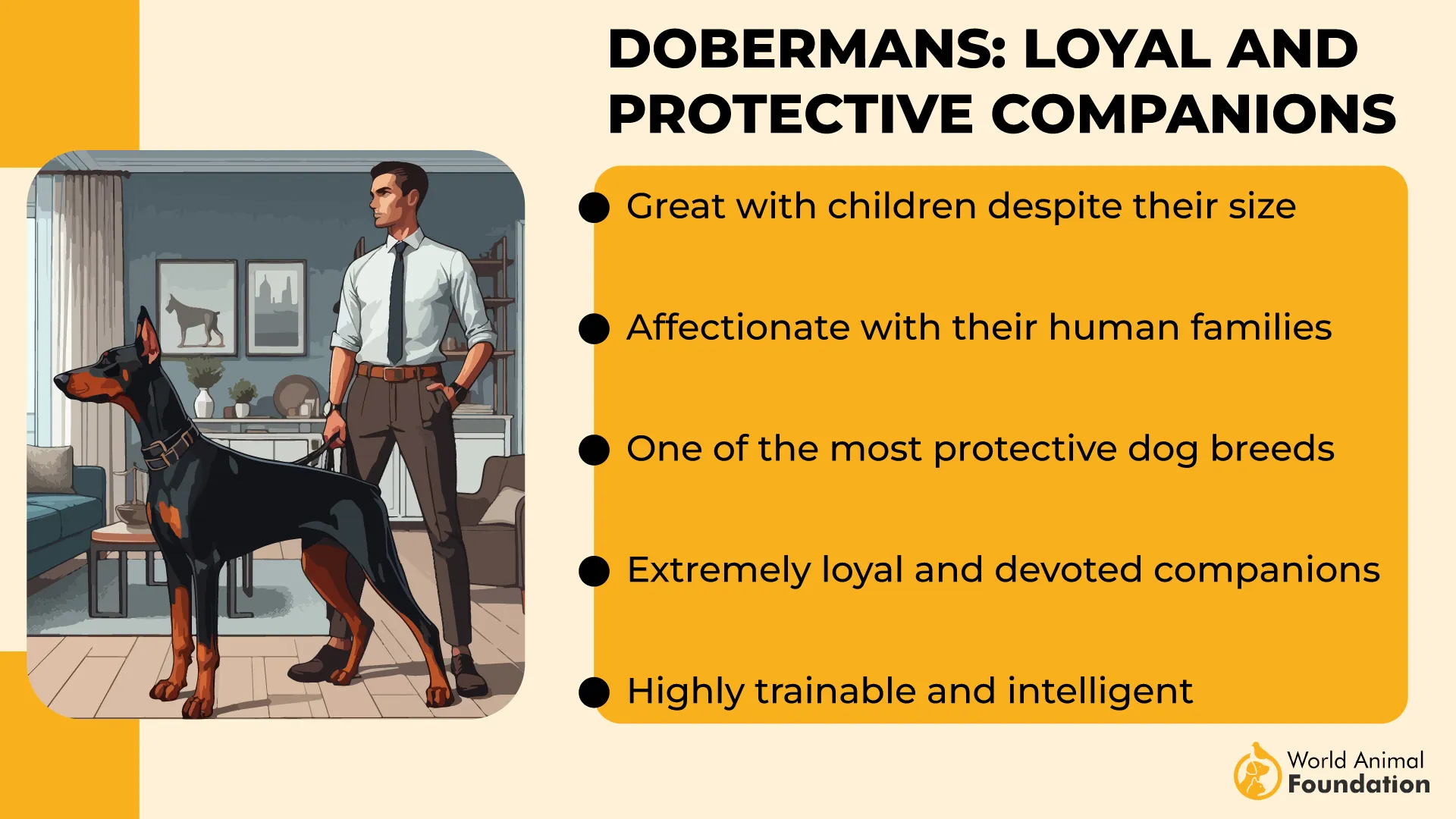
Their ability to work under pressure, coupled with their strong bond with their handler, makes them an ideal candidate for these labor-intensive jobs. Dobermans are not just strong but also quick learners, excelling in intensive training environments where discipline and focus are key.
Without proper direction, they can become restless or overly protective. These dogs thrive in environments where they have a clear purpose and are actively engaged in meaningful work. Regular physical and mental stimulation is essential to keep them happy and balanced.
For owners who can meet their high-energy needs, the Doberman Pinscher is an incredibly loyal and hardworking companion. Its labor-intensive roles highlight its versatility and dedication, making it a standout among working dog breeds.
7. Belgian Malinois
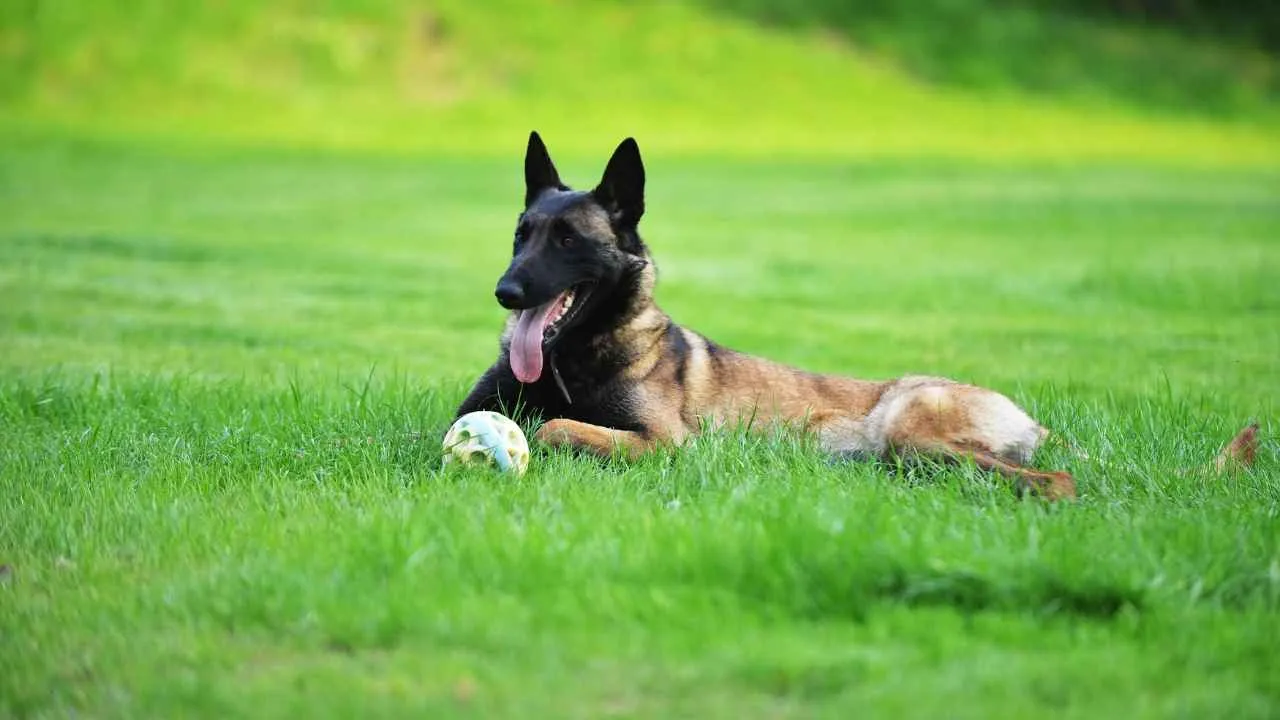
The Belgian Malinois is a highly labor-intensive breed known for its exceptional work ethic, intelligence, and energy. Originally bred in Belgium for herding sheep, this working dog quickly became recognized for its agility and alertness. With a keen instinct to work, the Belgian Malinois thrives on physical and mental challenges, making it one of the most dedicated working breeds.
PetMD states that Belgian Malinois requires constant stimulation due to its strong drive and focus. It isn’t content with a leisurely walk or a game of fetch; this breed needs tasks that challenge both its body and mind.
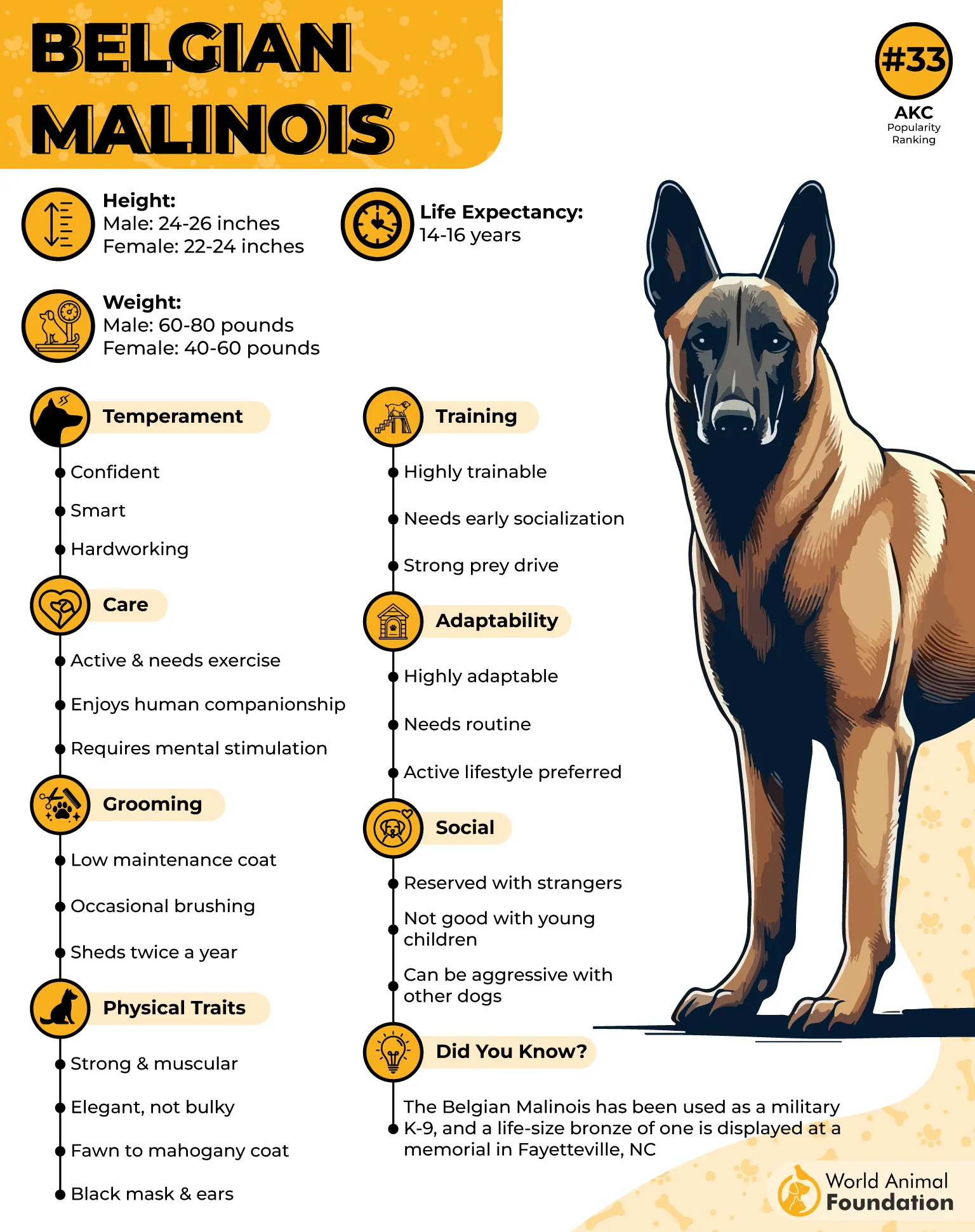
The Belgian Malinois is commonly used in police and military work, excelling in search-and-rescue operations, detecting explosives, and even apprehending suspects. Its agility and quick reflexes also make it a star in dog sports like agility and obedience trials. This breed’s loyalty and natural instincts further enhance its suitability for roles that require close work with humans.
In addition to its law enforcement and military roles, the Belgian Malinois is also trained as a service dog, assisting individuals with disabilities. Its natural ability to focus and perform tasks with precision makes it an excellent guide dog and companion for those in need. However, these roles require proper training, as the breed’s intense energy must be channeled in the right direction.
Owners must be committed to providing the mental and physical stimulation this breed craves. When given the proper training and attention, the Belgian Malinois is a loyal, driven, and highly capable companion dog.
8. Rottweiler
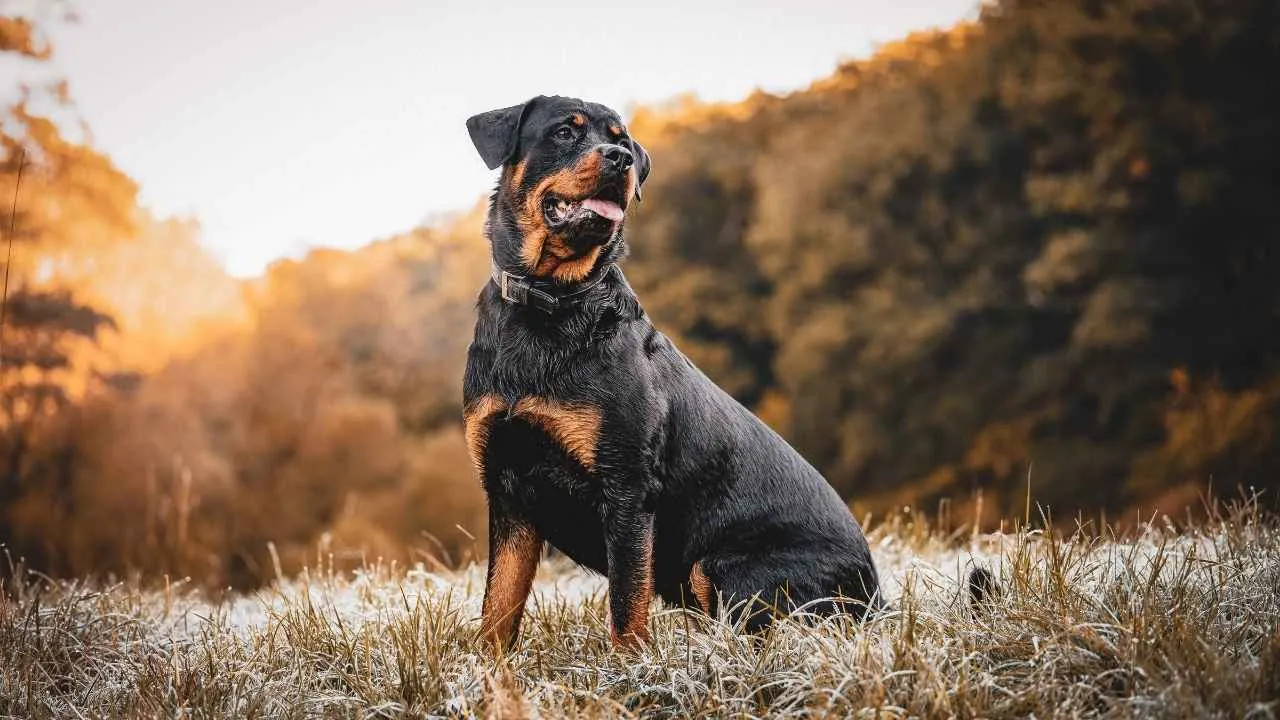
The Rottweiler, with its strong build and protective nature, has always been a hard worker. Originally bred by the Romans to drive cattle and guard butcher shops, its labor-intensive traits were developed early. Over time, its role expanded, but the breed’s need for purpose and structure has remained central to its character.
Rottweilers’ intelligence, strength, and determination make them ideal for physically demanding roles. Whether herding, guarding, or working in police and military settings, the Rottweiler thrives in labor-intensive tasks. Its ability to follow commands and stay focused makes it a reliable working dog in many high-pressure environments.
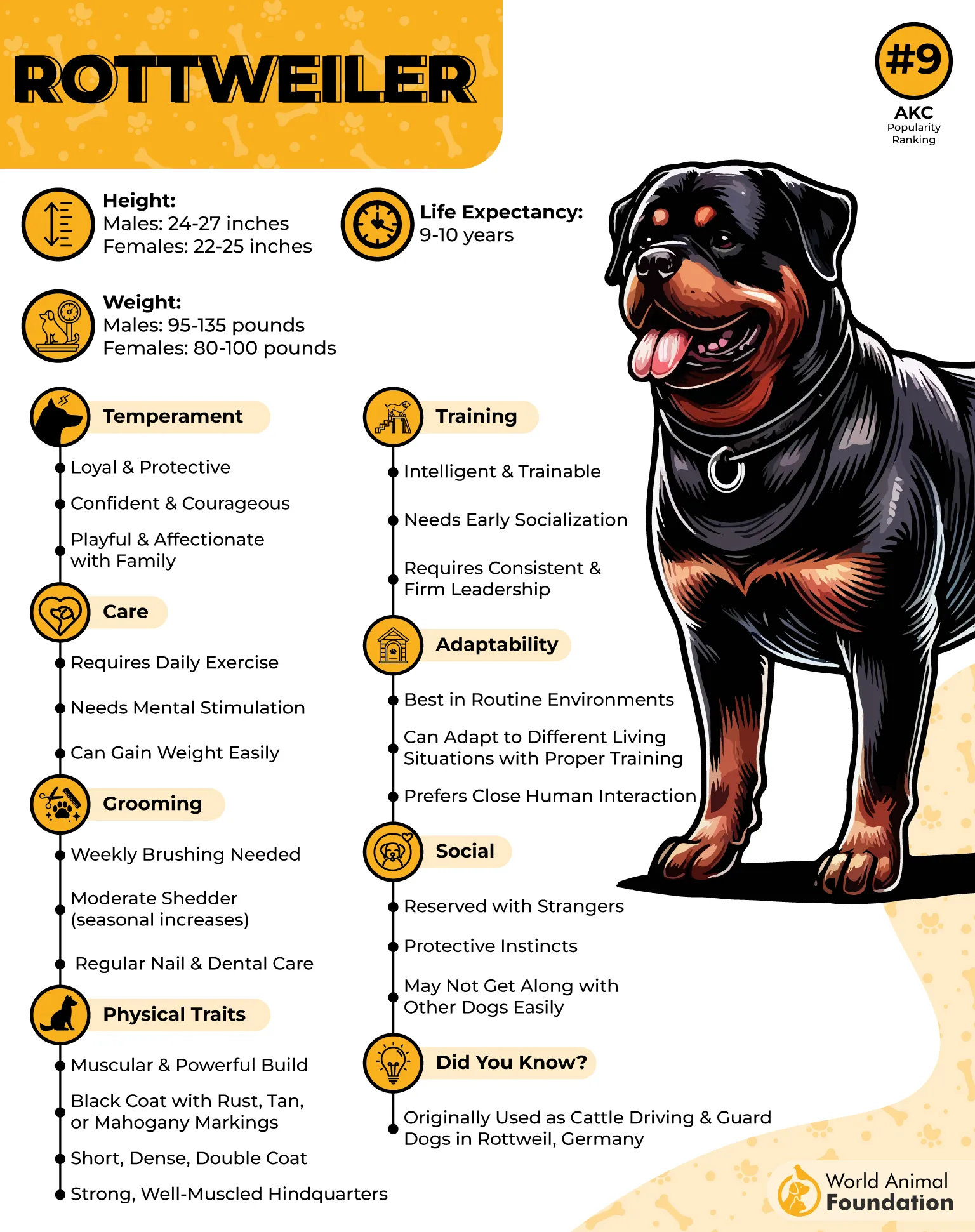
In modern times, Rottweilers are valued in law enforcement, search and rescue, and as service dogs. Their protective instincts and calm demeanor under pressure make them exceptional in demanding situations. They also excel in dog sports like obedience and agility, where their intelligence and drive come to the forefront.
However, Rottweilers need consistent training and structure. Without guidance, their powerful instincts can lead to undesirable behaviors. Early socialization and firm leadership are crucial to channeling their energy effectively and ensuring they remain well-behaved and focused.
Purina states the Rottweiler is a loyal and versatile companion for the right owner. This breed demands commitment and leadership but when properly trained, becomes an invaluable protector and an excellent worker in various roles.
9. Dutch Shepherd
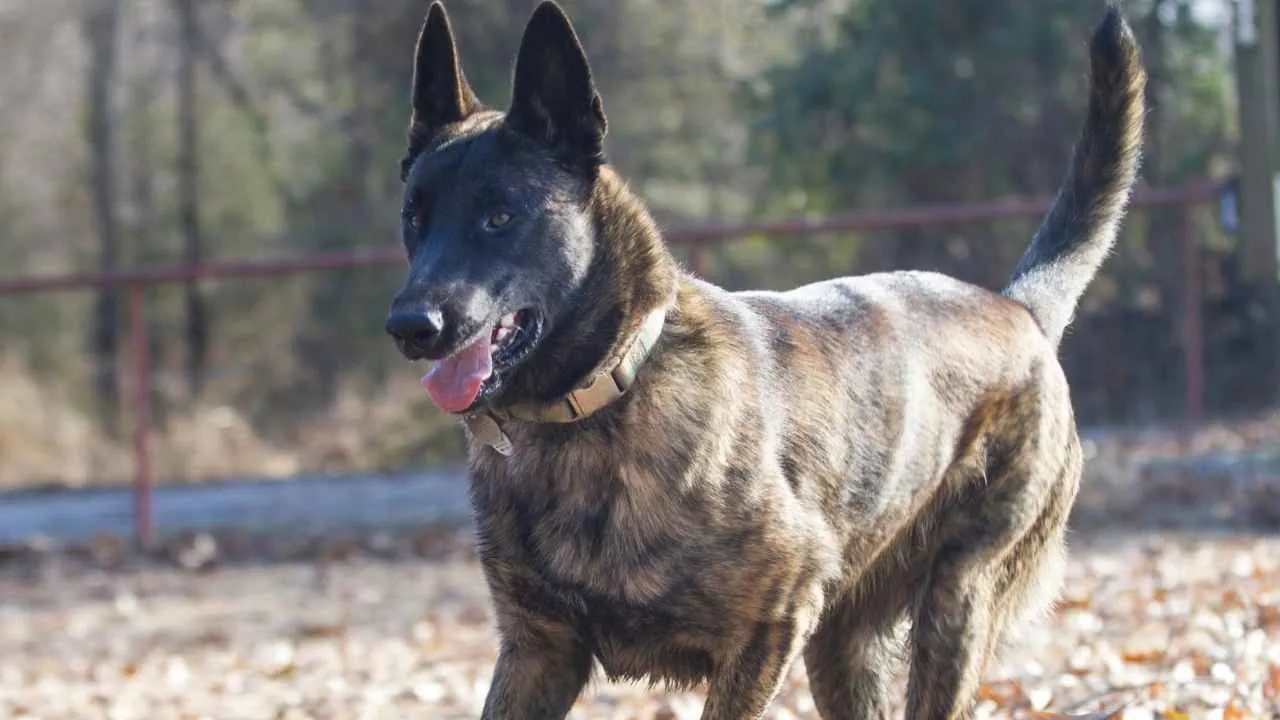
The Dutch Shepherd is a breed that thrives on hard work and constant engagement. Originally bred in the Netherlands for herding and guarding livestock, this working dog is known for its intelligence and strong herding instincts.
This history is evident in their desire to stay active, constantly needing physical and mental stimulation. Dutch Shepherds are not content with simply being companions—they require tasks that challenge their sharp minds and agile bodies.
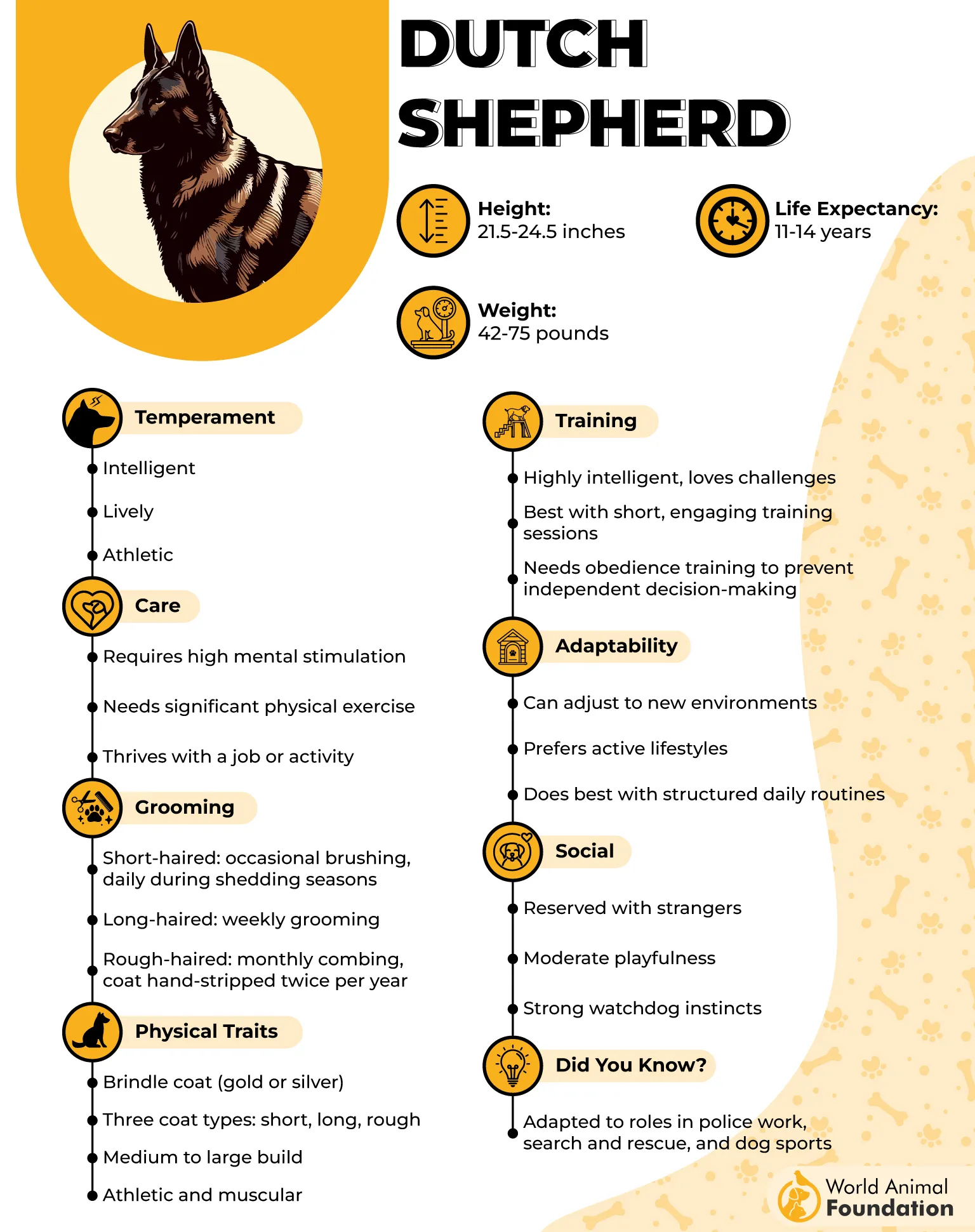
The Dutch Shepherd’s work ethic is matched by its energy and drive. As a herding breed, it excels in roles that require focus, stamina, and quick decision-making. Whether it’s protecting livestock, serving as a police dog, or working in detection, the Dutch Shepherd’s labor-intensive traits make it an invaluable asset.
Dutch Shepherds are highly trainable and excel in intensive training environments. Whether it’s agility training, obedience trials, or specialized work in police or military roles, these dogs thrive under structure.
Their quick learning ability and desire to please make them ideal candidates for a variety of demanding jobs, from working as detection dogs to assisting in search and rescue operations.
Dutch Shepherd requires owners who can match their energy levels. Without regular stimulation and tasks to focus on, these dogs can become bored and potentially develop undesirable behaviors. They are best suited for active individuals or families who can provide not only physical exercise but also mental challenges.
When properly trained and engaged, the Dutch Shepherd is a loyal, hardworking companion. However, this breed is not for the faint of heart—owners must be committed to meeting its needs for both mental and physical engagement to ensure a well-adjusted, happy dog.
Conclusion
Labor-intensive dogs like the Labrador Retriever, German Shepherd, and Golden Retriever require significant care and attention, thriving in roles that utilize their intelligence and skills, such as therapy dogs or pulling carts.
Breeds like the Bernese Mountain Dog and Great Pyrenees dogs offer a gentle nature, making them great family pets, but they still demand regular exercise and training. Whether it’s the Pembroke Welsh Corgi, Siberian Husky, or Shih Tzu, all dogs, including the Bichon Frise, need to be well-trained to ensure a harmonious relationship with children and animals.
While certain breeds may require more effort, their loyalty and abilities make them highly rewarding companions.


